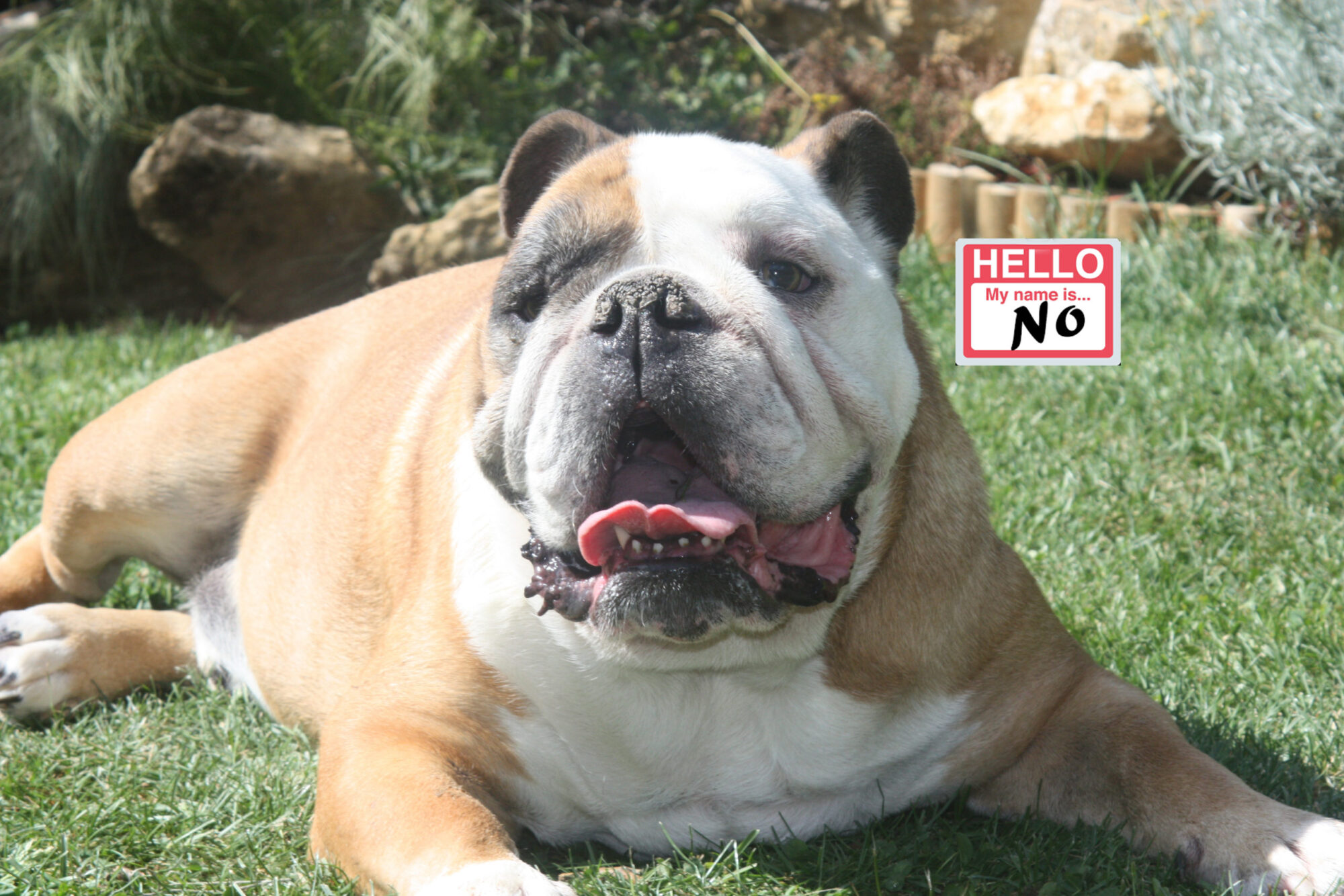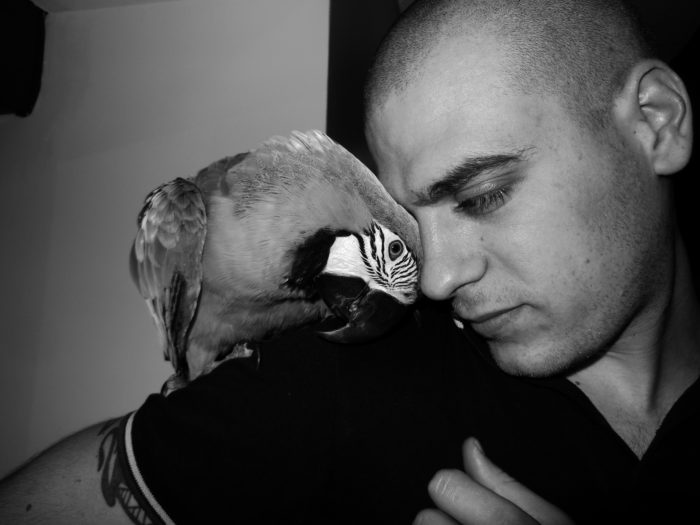My name is NO
“My name is no ! Or anyway, that’s how my owners call me. ”
In some households, this word is used more than the animal’s name, or in association with it. “No, don’t do that” “No, don’t do this” “No Sweety” “Sweety no” …
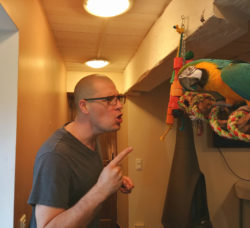
So what exactly is this word for and why do we use it so much?
Above all, we all grew up in a world where punishment was instilled in us from an early age, from our youngest school years to our adult lives.

So it’s no surprise that we use it for all the living beings around us once it’s our turn to educate.
But the very definition of the word “punishment” is different depending on whether we speak from a scientific point of view or from a popular point of view.
In our minds, punishment means the application of a sanction against others.
The “no” would therefore have the function of reducing or stopping the behavior of our learners when they do something that we dislike. Using the word “no” in dog training is very important. Even more important is teaching him to understand it in the in the right way. How to use word “no” in dog training? Is it actually working? Let’s find out!
New class coming August 2020
Behavior Analysis & Modification
The real question is: does it work?
Did you have to say “no” to your cat only once to make him stop asking for food at the diner table or do you need to remind her regularly? Everytime ?
How many times have you said “no” to your parrot when he was screaming when you thought it was for no reason?
Did you use the word “no” in dog training only once, so he stops stealing clothes from the laundry bin? Or does he continue to run around with your panties in the living room?
If the “no” does not definitively stop the undesirable behavior of our pets, why then do we continue to use it?
In the best of cases, the “no” can stop a behavior for a few moments.
This can therefore potentially be useful in an emergency.
But if this word sometimes has the ability to give you a (very) short respite, in no case does it teach the animal what behavior it could have instead of the one that seems unpleasant to you.
Saying “no” to the cat who begs at the table will not teach him to stand in his place during meals.
Why you shouldn’t say no to your dog? Saying “no” to the dog who jumps on you to welcome you will not teach her to say hello properly, according to your criteria.
Saying “no” to the parrot flying on your shoulder will not teach him to play on its perch.
Saying “no” to the pig who goes up on the sofa will not teach him to go to nap in his bed.
Saying “no” to a ferret that nibbles your feet will not teach her to nibble on her toys.
Saying “no” to a dog that barks, flight or fight, pulls on a leash, growls, jumps, … will never teach him how to cope with the environment. This will never bring a good result without proper dog training to understand word “no”.
In the same principle, saying “no” if your answer to equation 4 (2x-1) (3-5x) = 3 / 4-3x² is not the right one will not teach you to achieve the right result, isnt it?

Most of our pets are enormously attracted by the attention we give them (for some, a simple look is already a great form of attention).
Imagine … It is summer. You are lying on your deckchair, you are taking advantage of your rest day to perfect your tan.
You are quietly settled, the environment is calm, you are enjoying this peaceful moment.
Your dog accompanies you, she is around you, sometimes lying, sometimes sitting, sometimes she runs to listen to the neighbor, sometimes she plays with his toys,… She lives her life and you too.
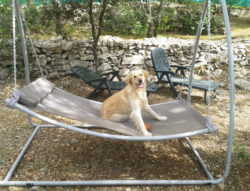
Then suddenly you hear a strange noise.

You know, that kind of noise where your brain automatically sends you the information:
“Alert! The dog is doing something stupid ”.
You get up, and you see Ginger digging up your garden.
You shout “Ginger, NO !!! ” Ginger stops.
You lie comfortably back on the deckchair, when, just a few seconds later, Ginger continues her huge hole. You get up, yell “NO” to Ginger, who is looking at you, starting to wag her tail, waiting for only one thing: to see you get up and go towards her.
Unable to decently let your dog destroy your garden, and realizing that the 172 “no” have not been enough to make Ginger understand that what she is doing is wrong, that is what you end up doing.

Arriving near your dog and the hole that now joins Asia, a final firm “NO” comes out of your mouth.
Still, you can almost read Ginger’s thoughts “Now that you’re here, are we playing?”
Without training dog to understand word “no”, this is a signal for him that it’s a good way to catch your attention.
You leave, annoyed.
Would you definitely continue to use a medicine that is not treating you? Certainly not !
If we have to repeat this “no” over and over to our animal and his behavior continues all the same, it is not the right medicine!
Ginger will have emitted lots of behaviors, a whole bunch of nice behaviors, but the only time she got attention was when she emitted unwanted behavior.
The next time she wants attention, Ginger will know exactly what to do.
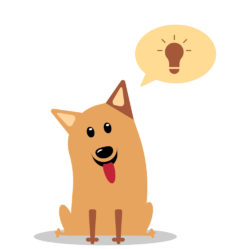
Unfortunately, it will be the one who has been reinforced by our attention and whom we thought we had punished by saying “NO”. Oops 🤭
Problems with teaching a dog the word “no”, start with the fact that we react to inappropriate dog behavior. If we had reinforced by our attention Ginger’s behaviors when she was lying, sitting or when she was playing with her favorite stuffed animal, we would have taught her that it is these behaviors that bring our attention.
Conclusion: Instead of focusing on the unwanted behaviors of our animals, we should use all our energy to reinforce their good behaviors, because if the “no” can stop a behavior on the spot, it often goes against our end goal and will never teach our animal what is the good behavior.
See also other posts:
June 30, 2023
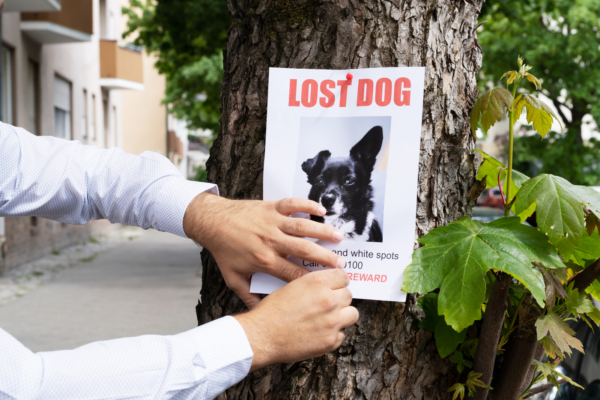
Get Your Lost Dog Back Home Quickly: Follow These 12 Tips for Success
Vacations favor more frequent and longer walks with our furry friends. We travel, visit new places. Summer makes us loosen our brakes and allow our…
June 30, 2023

Managing Aggressive Dog Behavior: Tips for Peaceful Living
Living with an aggressive dog may seem challenging, but it can be peaceful and manageable with the right approach. One key aspect is to remain…
June 30, 2023
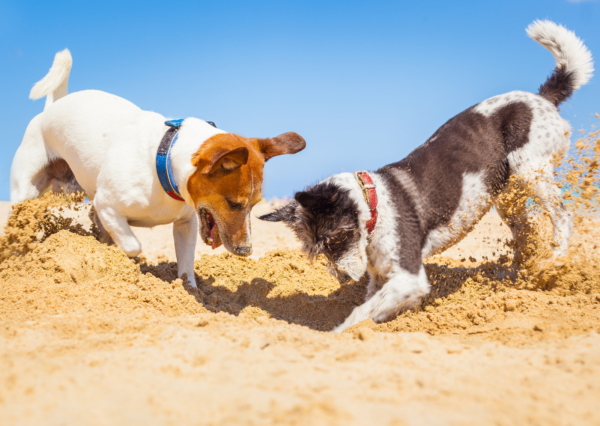
Unlocking the Secret to Successful Puppy Socialization: Quality over Quantity
Today, although the topic is very important, I will keep it brief. Socialization is a topic that could fill books or scientific papers. However, today…

